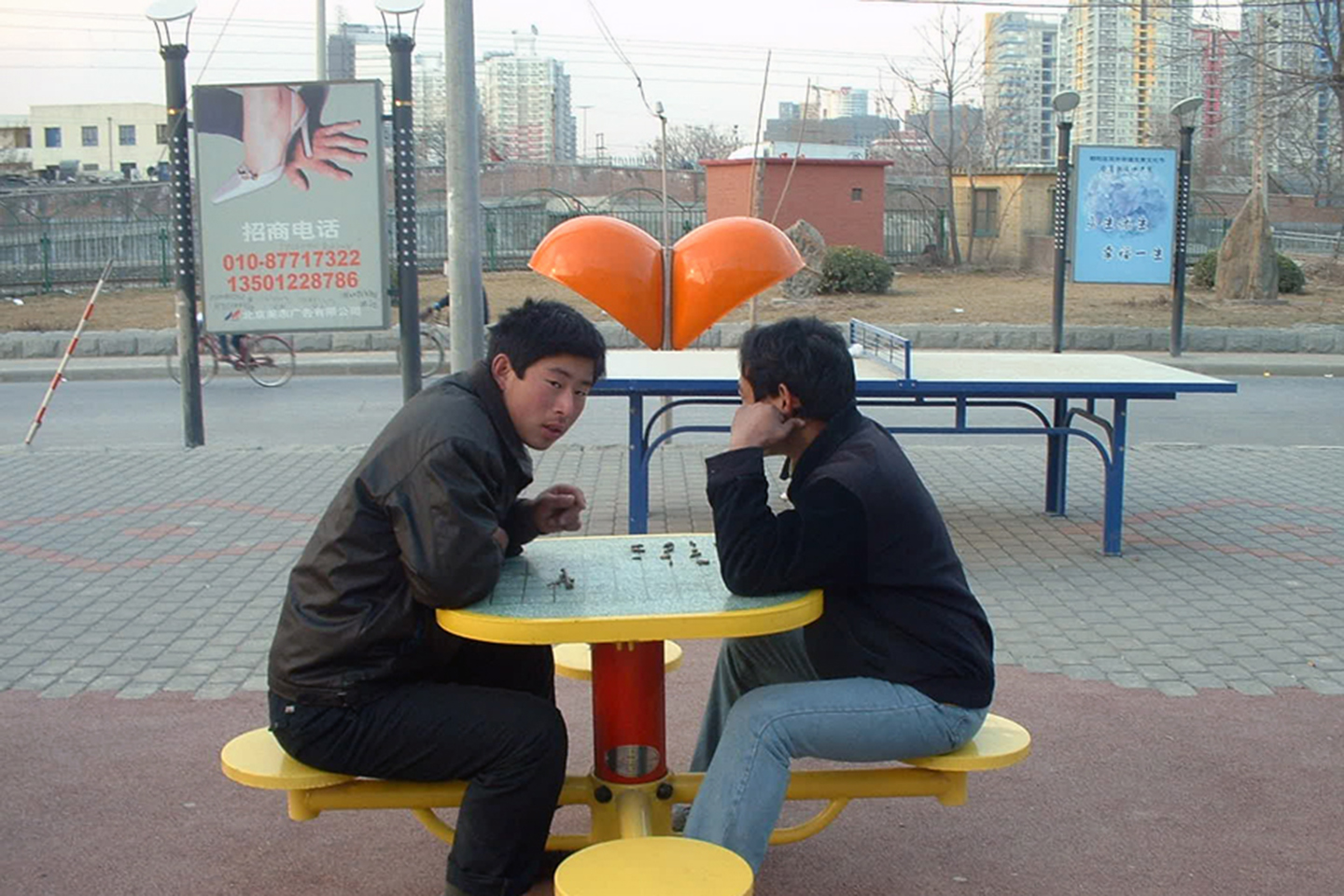Offbeat practices in China’s Public Space
Spatial practices within China’s public spaces can often oscillate between demonstrating the great creative freedom of the population and the excessive control of these areas by local authorities. Some examples of this urban reality were recently posted on the web, revealing a reality that is sometimes rigid, sometimes original or poetic.
In Beijing, one does not necessarily go to IKEA to buy furniture, but oftentimes just to use it. It is not uncommon to come across tired people napping under the covers of exhibited bed sheets, or families settling on the prototypes of kitchen tables to eat their snacks. IKEA becomes a true living space occupied and animated by the Chinese.
If you are waiting for the train in Nanchang, you’ll have to relinquish any thoughts of sitting down: there are no benches. The retaining walls around the trees will not offer your weary legs much comfort either, as it is no longer possible to sit there anymore. The municipality has been clear on this point: sitting, or even worse, sleeping “harms the environment” of both the natural landscape and the “image of the city”. As such, aluminum barriers have been erected around existing trees and shrubbery to prevent passengers from lingering or waiting here. However, these efforts have not been successful deterrents as people simply resort to other prohibited practices to get some rest. In contrast, in Chengdu, the authorities warmly invite you to use the newly installed curved benches at bus stops along Renmin Street. However, you may have a more difficult time getting comfortable here: the benches’ curved design is intended to drive away public “sleepers who damage the image of the city”. According to the same logic, cement cones have been seen under the bridges of Guangzhou to deter the homeless.
There may nevertheless be a few individuals who applaud the installation of the new barriers at the Nanchang train station: in this video, a group of young men from Henan enthusiastically mock and deride these “urban obstacles”.
In China, while no legislation regulates the performance of street artists, generally, those who instigate “menacing” or “dangerous” gatherings are asked to leave. In Shanghai, the authorities are contemplating legislation to establish specific public spaces where music would be tolerated. This is a first in China. At the same time, the municipality is also cracking down on noise pollution. The authorities intend to silence horns that are too loud, and banish noisy and disruptive practices from subway (e.g. the bothersome use of cell phones). In Hangzhou, it is the opposite: here, sound animation is welcomed in public spaces, with a stair-piano that transforms passers-by into musicians as they traverse spaces in their commutes.
Cities Without Ground: A Hong Kong Guidebook, published last September, details the vertiginous development of above-ground and underground corridors (see maps here and here) connecting different zones of the city through very varied 3D scenes that make it possible to walk through miles of corridors without ever touching the ground. These spaces were created in collaboration with the government, who saw a way to provide additional pedestrian routes in already dense and crowded areas. But the corridors were primarily private initiatives –the owners of malls, cafes, etc.—who extended the network for their own personal and economic interests. The result is a maze of passageways with an unpredictable spread, spaces that somewhere between the public and private.
-
2013/03/20

-
Angèle Cauchois


the other map
Explore arrow
arrow
loading map - please wait...




